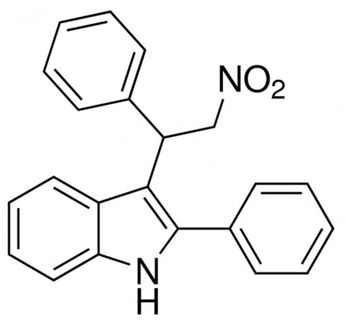Opioid abuse initiates specific protein interactions in neurons
RGS-9-2 protein affects not only addiction, but analgesic relief and tolerance
Advertisement
Identifying the specific pathways that promote opioid addiction, pain relief, and tolerance are crucial for developing more effective and less dangerous analgesics, as well as developing new treatments for addiction. Now, new research from the Icahn School of Medicine at Mount Sinai reveals that opiate use alters the activity of a specific protein needed for the normal functioning of the brain's reward center. Investigators were able to block the protein, as well as increase its expression in the mouse nucleus accumbens, a key component of the brain's reward center. It altered the actions of opioids like morphine dramatically. The preclinical study, published online in the journal Neuropsychopharmacology, is the first to show that opioid use changes activity of the protein RGS9-2 and alters both the threshold for pain relief and affects opioid tolerance.
"We were able to block addiction-related behaviors, but increasing the activity of the protein also lowered the pain relief response to morphine, and mice developed morphine tolerance much more quickly," said the study's senior researcher, Venetia Zachariou, PhD, Associate Professor, Fishberg Department of Neuroscience, Friedman Brain Institute, Department of Pharmacology and Systems Therapeutics, at the Icahn School of Medicine at Mount Sinai.
Dr. Zachariou explained that because the brain's reward center has such a strong impact on analgesic responses, non-opioid medications should be used for the treatment of severe chronic pain conditions. Pain specialists have several alternatives for the treatment of chronic pain. For patients that are already addicted to opioids, "an alternative pain medication could offer more analgesic relief without the adverse effects of opioids." Additionally, with this research in hand, the research team points out that targeting this molecule may eventually lead to a novel treatment for addiction."
In the study, investigators used a novel technique known as optogenetics, which allows the activation of specific neurons via blue light in real time, to determine the exact cell types of the brain reward center responsible for the reduced analgesic response.
"In our earlier work, by inactivating RGS9-2, we saw a tenfold increase in sensitivity to the rewarding actions of morphine, severe morphine dependence, a better analgesic response, and delayed development of tolerance," said the study's senior author. While opiate analgesics act in several brain regions to alleviate pain, their actions in the brain reward center may also affect analgesia. The nucleus accumbens may also affect the development of morphine tolerance, via mechanism that are distinct from those described in other regions of the brain.
Eric Nestler, MD, PhD, Nash Family Professor of Neuroscience, Icahn School of Medicine at Mount Sinai, praised the research. "These discoveries provide important new information about the role of the brain reward pathway in the analgesic responses to opiates".




























































